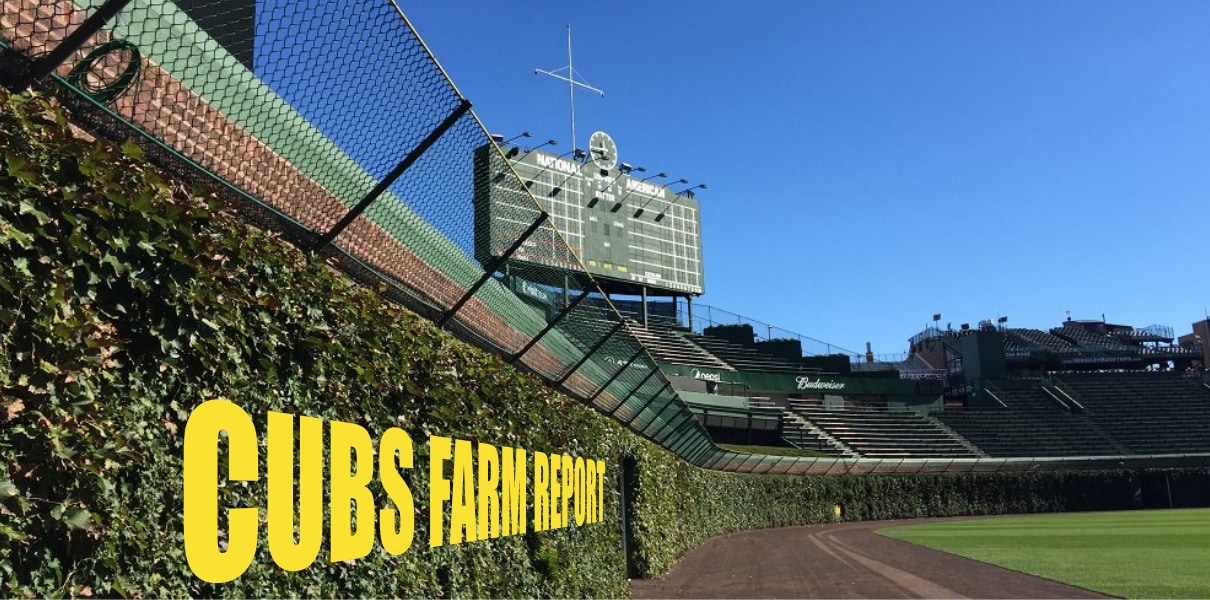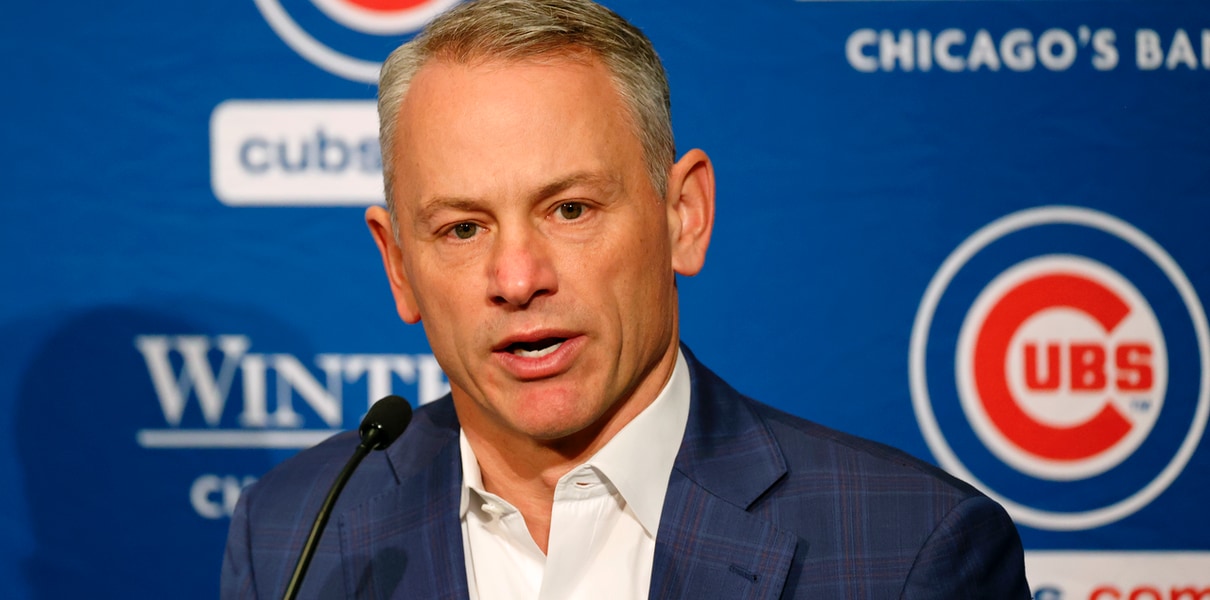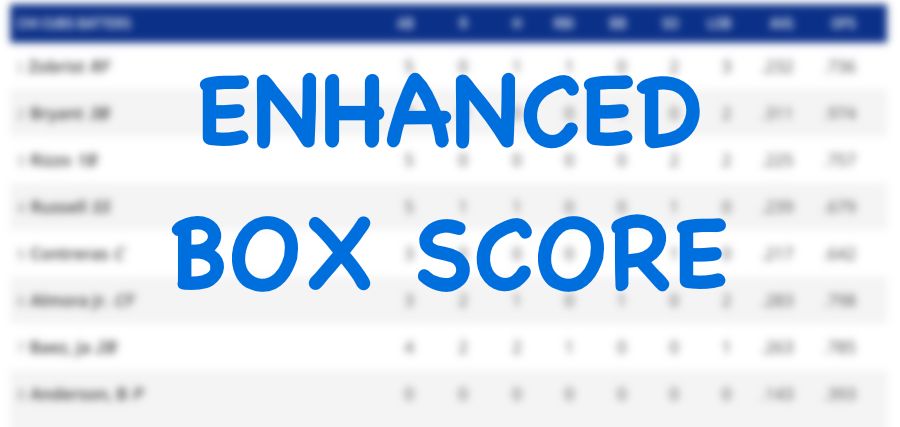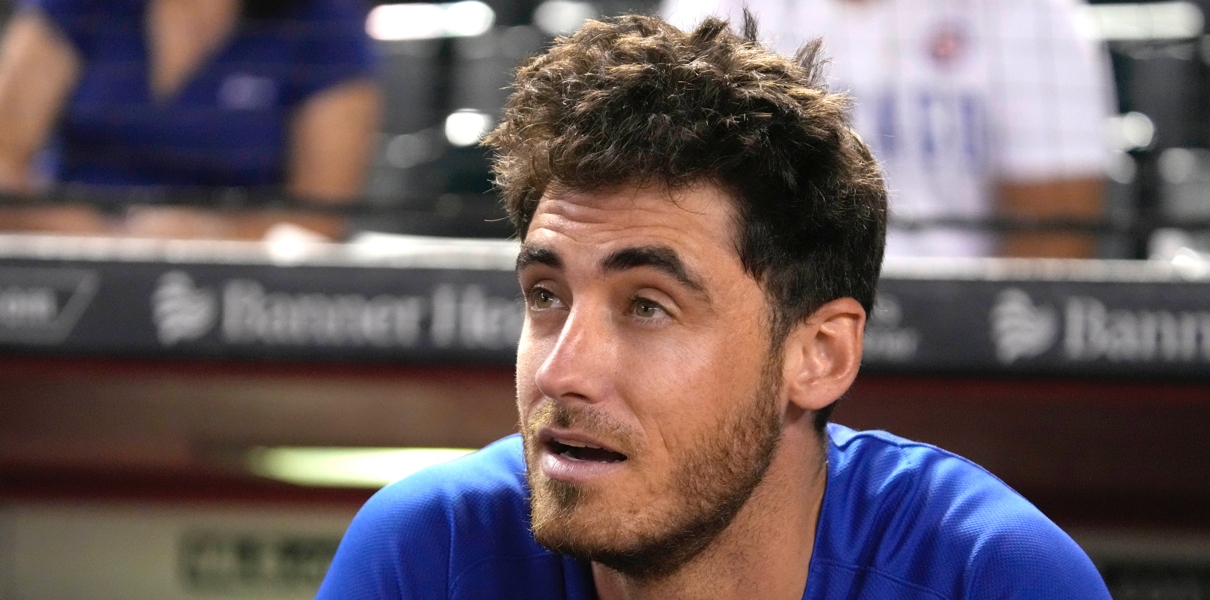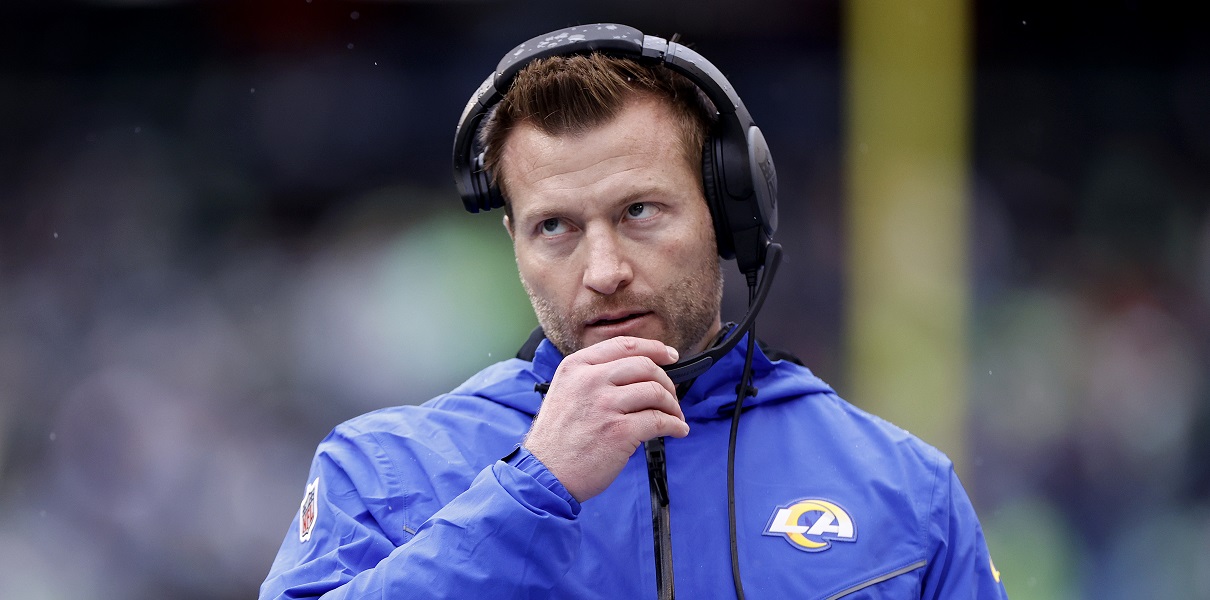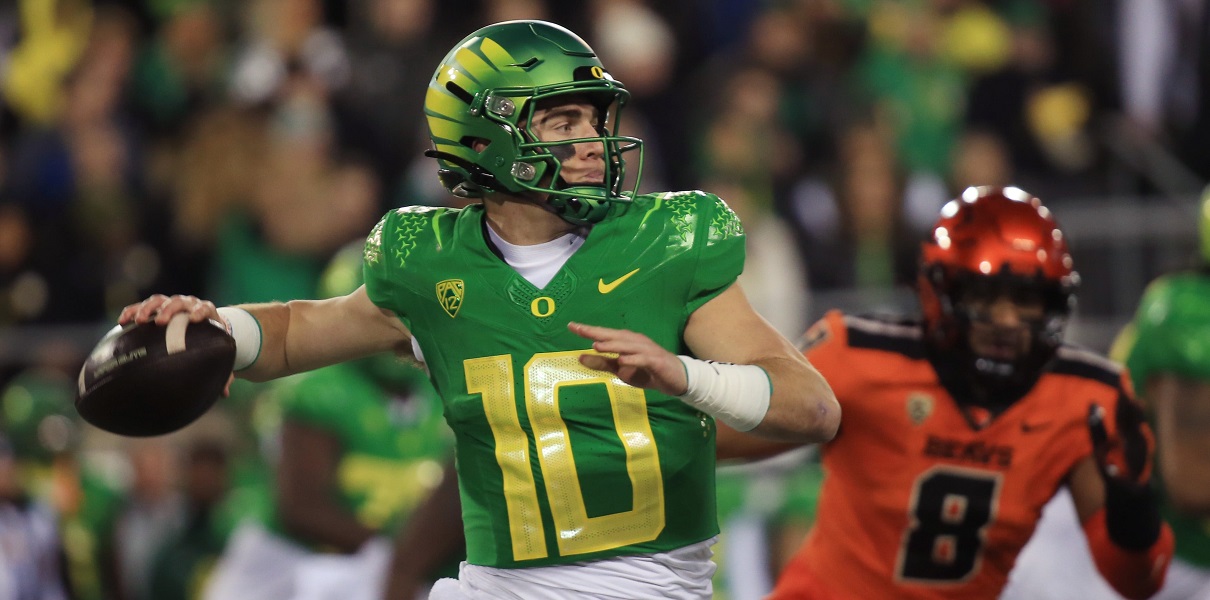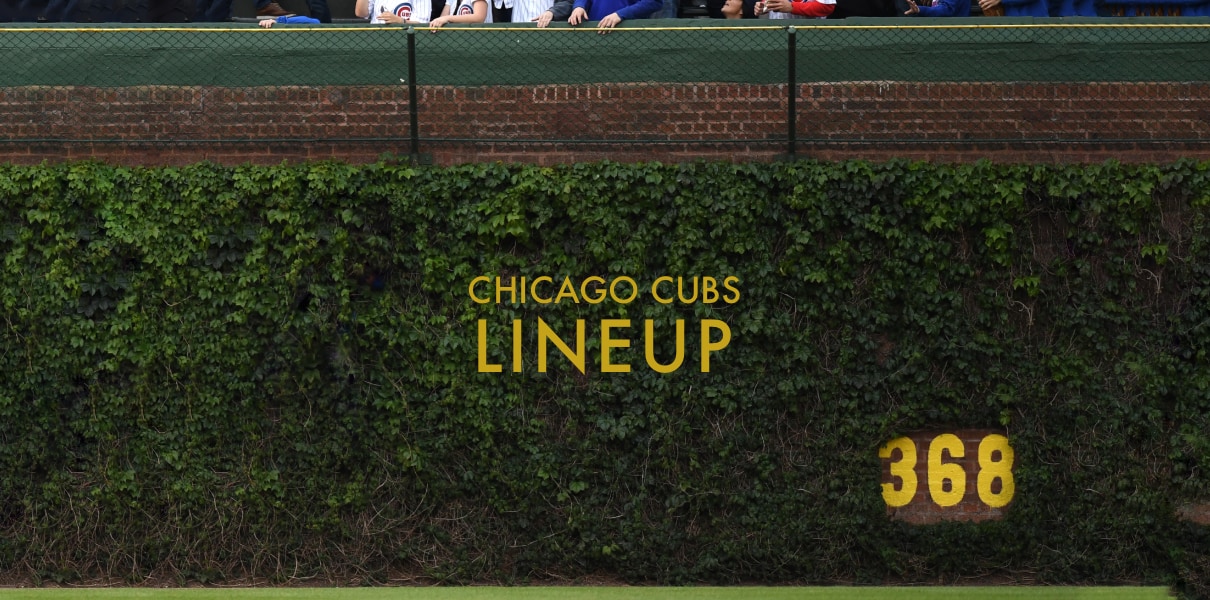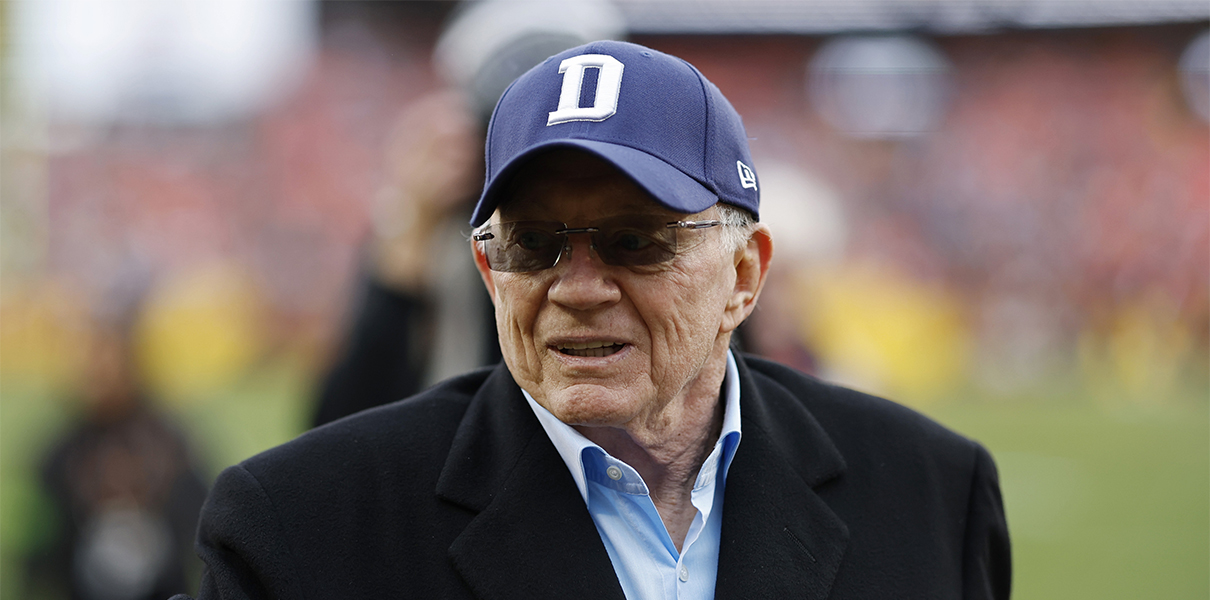Even more than a month before the 2022 Trade Deadline, folks are already wondering – aggressively! – about the Chicago Cubs’ plans to spend in 2023. And I think that’s wholly reasonable.
Given the current it’s-not-necessarily-a-rebuild-but-come-on-it’s-a-rebuild, it’s only fair that fans want to know what this offseason might look like. And knowing that there are sufficient dollars available to commit would go a long way toward having confidence that the Cubs will not miss out on longer-term free agent opportunities that make sense for 2023 and beyond.
Cubs Baseball President Jed Hoyer has been pressed on this issue of late, but he tends to fall back on a couple primary angles for discussion: the money will be there “when the time is right” (whenever that is), and he’s not going to tip his hand in any kind of specific way because it can create competitive disadvantages (fair-ish). There’s just not a lot we outsiders can do with that, which I understand is the point.
So how about Cubs Business President Crane Kenney? Might he say something a little more concrete on this topic? Give us anything to put down on paper and revisit in the offseason when the spending does or does not occur?
Actually yes! There is at least one concrete bit of information that came out of Kenney’s recent interview on 670 The Score (full interview embedded at the bottom of this post).
That concrete bit of information? Yes, if there are unspent funds allocated to baseball operations in a given year, they DO roll over into next year for additional available spending power. And there have apparently been “a lot” of unspent funds this year.
Here’s the full discussion from Kenney on that point, with my emphasis added:
“As I said, all the resources that weren’t used that would’ve pushed us up the ladder on the payroll chart this year will go into next year’s budget. So I feel really lucky that (chairman) Tom (Ricketts) has never said, ‘No, I don’t want to spend.’ It’s whatever’s in the system goes into our baseball operations department to try and win ….
“I hate to keep giving the same answer year after year, but it is the same answer year after year …. Yesterday we had our first concert of the summer, which was (Dead & Company) and have another tonight. All of these activities, all of those generate revenue that go back into the baseball budget. The sportsbook will do the same thing … it’s sort of always been the same program, which is generate as much revenue as you can. You obviously take care of your fixed expenses, so the labor and other expenses that go into running our operation. And we’ve been really fortunate the Ricketts family, they’re not a public company, they don’t have to satisfy shareholders. They let us put every dollar that’s not used in running the business back into the payroll. So as you point out, we have a lot of money left at the end of this year that we need to spend. All of that will roll over for next year. And again, we trust our baseball operations to make good decisions with those proceeds and they’ll either use them next year or down the line. But again, they stay inside the system. And I get it’s boring, I keep saying this every year, but it’s a closed loop. When the time is right, we’ll spend those resources to build a great team.”
Rollover funds: officially confirmed.
Outside of the money that had been set aside many years ago to pursue Masahiro Tanaka (remember the whole “Tanaka Rollover Funds” thing?), there hadn’t been an explicit confirmation that all revenue, after expenses, would go back into baseball operations regardless of the year generated or year spent. That is a good and important confirmation, because not every organization operates that way. Use it or lose it is often the approach.
Caveats aplenty. For example, there are any number of ways to play with what counts as “Cubs” revenue and what counts as “outside the Cubs revenue.” You could also debate what should count as an organizational expense. You also have to understand that the Cubs are never going to go into detail on that side of things because they don’t want every bit of kinda-sorta-Cubs-related revenue to be classified as “Cubs revenue,” and thus be subject to league-wide revenue-sharing. (And this all says nothing about the value of an appreciating asset, which the Cubs clearly are.)
So, taking that all together, we can say that there is probably some fungibility in exactly what dollars are made available to baseball operations, but we can also say that when Jed Hoyer and Carter Hawkins get their budget for 2022, anything they “save” under that budget this year can one-to-one be rolled over into 2023 spending on payroll, bonuses, front office operations, etc.
Against that backdrop, you COULD make the argument that the much-maligned (including by me) “spend when the time is right” language actually makes operational sense. Don’t throw away $10 million on a nothing move in a lost season when you could better use that $10 million next year, since it will roll over.
I do get the counter-argument, which is some iteration of: spend tons of money every single year and rollover money shouldn’t even have to matter in the first place. I can only analyze in the world where baseball operations DOES have a budget tied to revenue and expenses, however. And in that world, it’s a good thing that unused funds in Year X can be saved and spent in X+1 and beyond. Or at least a much better thing than, sorry, those funds are now lost and going into the owners’ pockets.
So, as it applies to our analyses going forward, it’s going to be important to keep in mind: the Cubs have now said they have “a lot” of money that went unspent in 2022, and that can be *ADDED* to the budget for 2023. It’s all the more reason that almost no transaction should be considered wholly off the table for financial reasons.
We can, and will, debate the wisdom of signing this guy or that guy to this contract or that contract, relative to the team’s needs and competitiveness level over whatever horizon the deal (and player’s age/ability) contemplates. There will still be a budget. But I’m certainly going to tuck this information in my back pocket for those future discussions about, oh, say, having the short-term dollars available to pursue a true ace starting pitcher this offseason.
Kenney’s full interview is embedded below. He also gets into payroll discussions over the course of the last six, seven years, pointing out that the Cubs went into the luxury tax three times and averaged the fourth highest payroll from 2016 to 2021. I get the sense people have never cared for that talking point, but I generally find it fair, with some allowance for whether the Cubs could have and should have done more to supplement that particular window.







